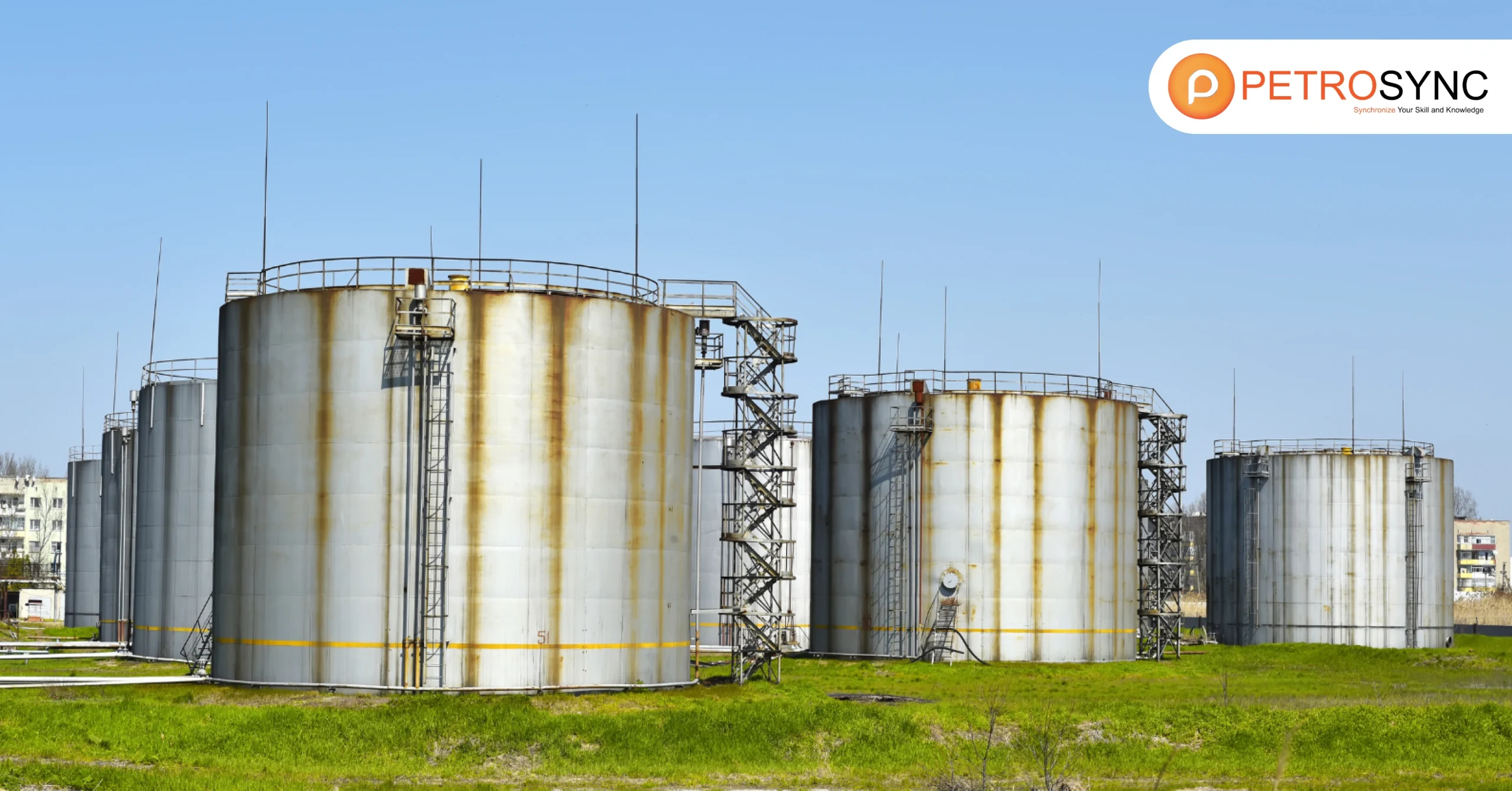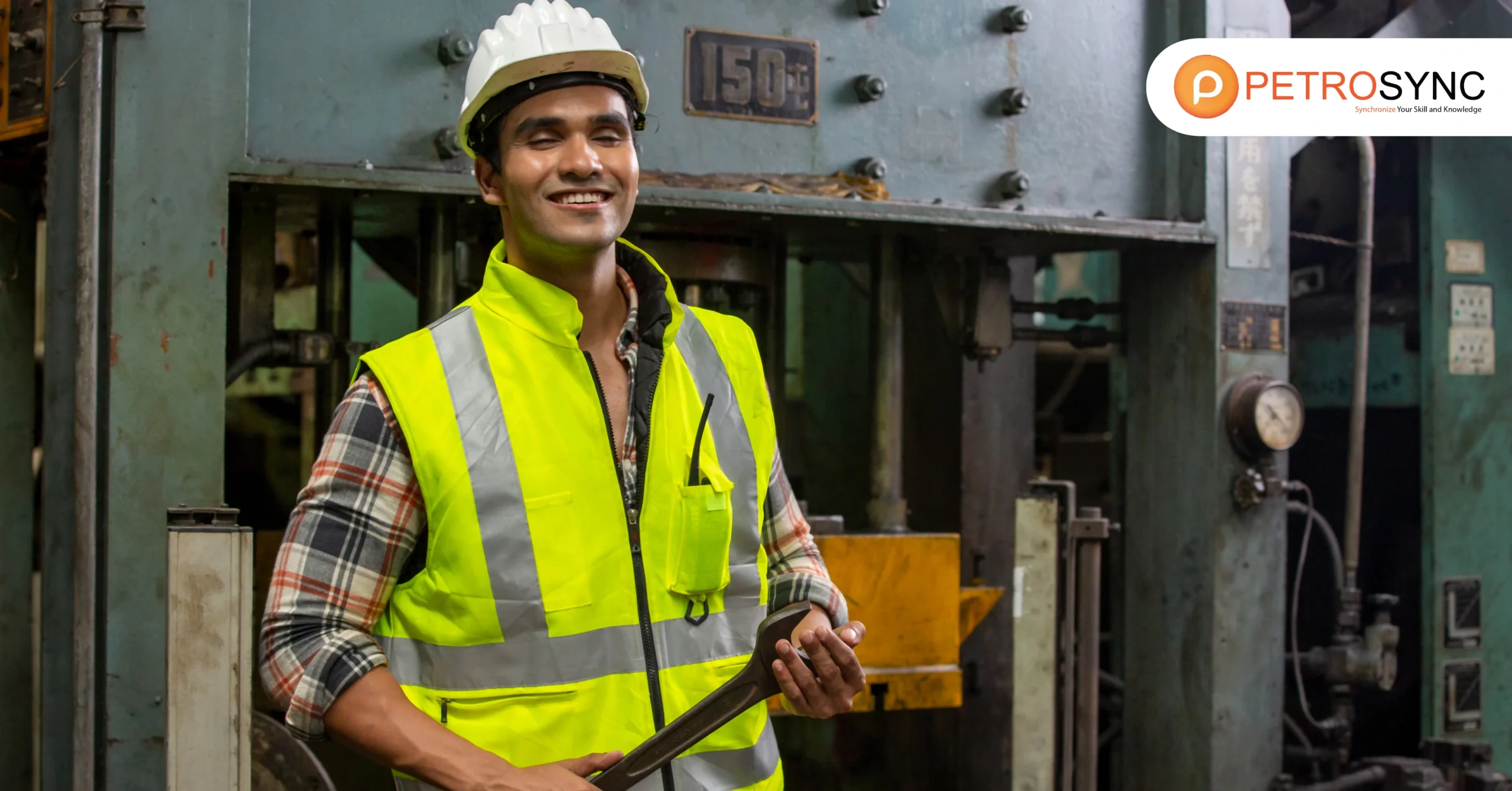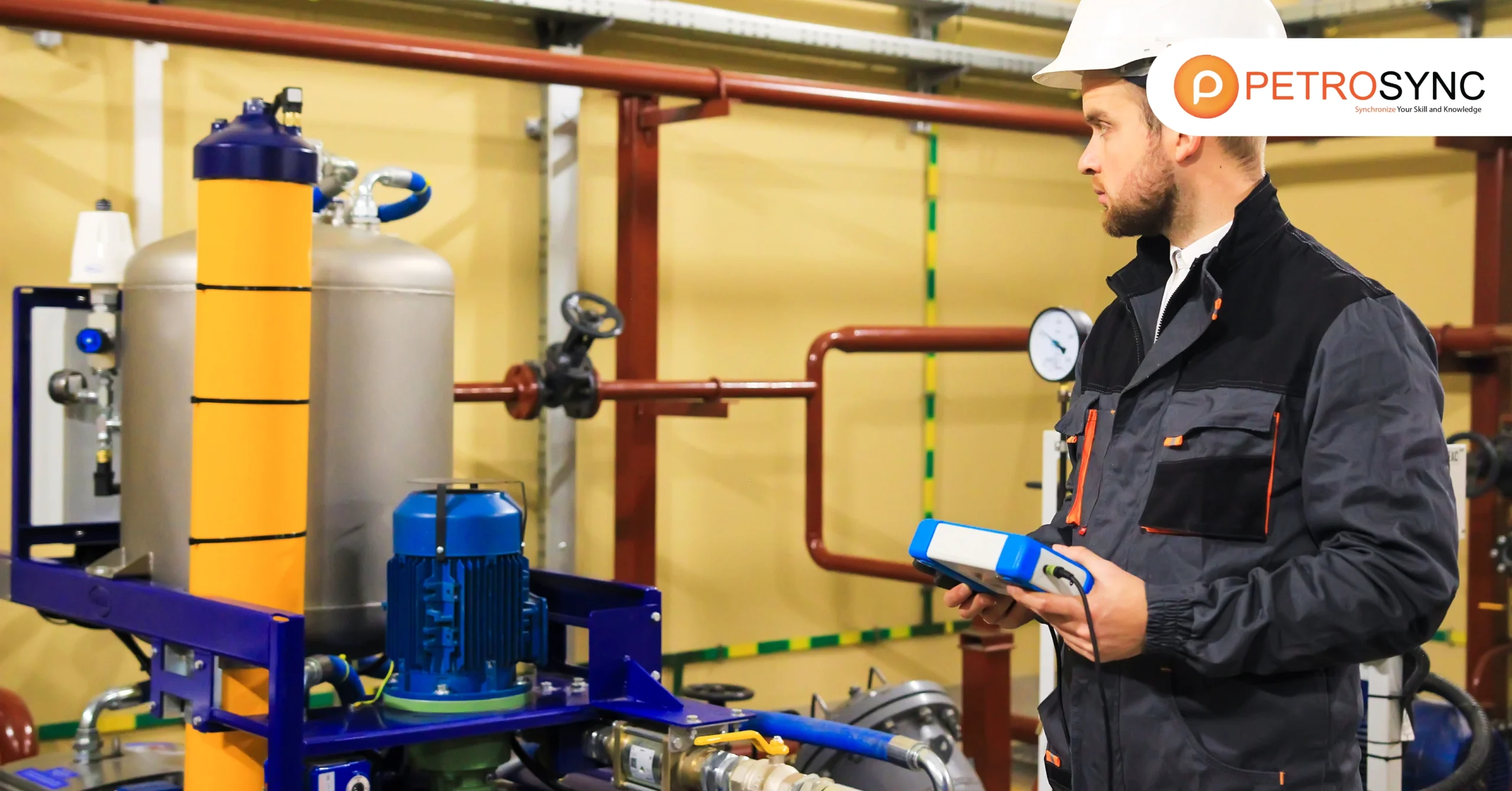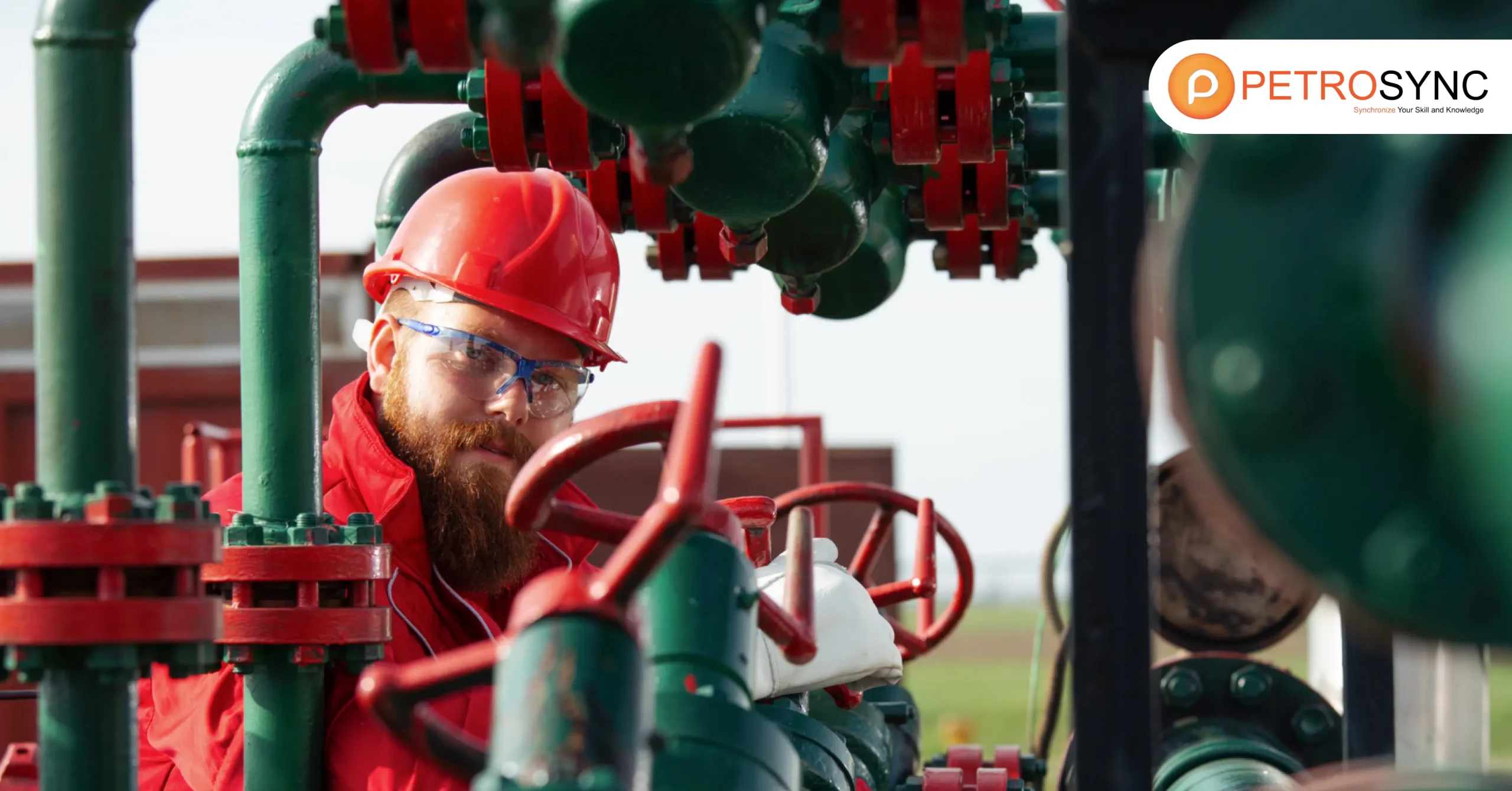API 653 serves as the globally accepted standard for ensuring the safety, reliability, and integrity of aboveground storage tanks (ASTs) in the petrochemical industry. Given the critical role these tanks play in storing hazardous and non-hazardous materials from various production processes, strict adherence to API 653 requirements is essential.
This standard outlines comprehensive procedures for inspection, maintenance, repair, and even reconstruction, helping operators prevent tank failures and protect both human lives and the environment. In this discussion, we will explore the key aspects of storage tank and its indispensable role in safeguarding storage tank operations.
What is API 653?
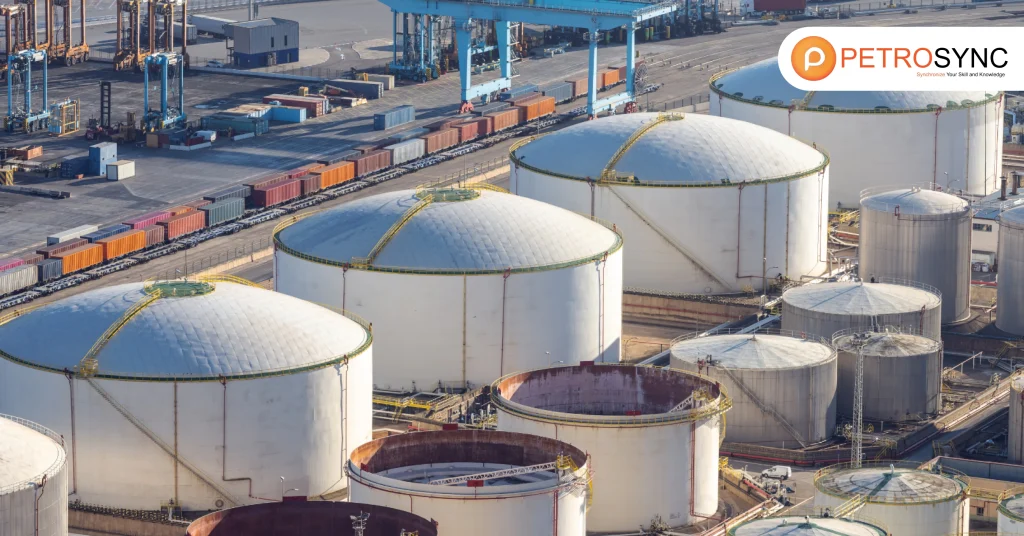
API 653 is a standard for tanks exceeding 50 feet in height or 30 feet in diameter. It provides guidelines for the maintenance, inspection, modification, and repair of aboveground storage tanks (ASTs) built to API 650 or API 12C specifications.
As per the American Petroleum Institute (API), tank owners and operators are required to follow safety protocols and keep tanks in optimal condition. The storage tank guidelines, therefore, cover five key areas.
What Does API 653 cover?
Issued by the American Petroleum Institute (API), API 653 ensures tank owners and operators follow safety measures and maintain their tanks at their highest performance. API 653 guidelines cover several aspects:
- Mandatory tank examination requirements
- Procedures for tank repairs and alterations
- The qualifications required for personnel involved in tank maintenance
- The paperwork for inspections and repairs.
- The standards of API 653 are crucial to prevent any mishaps that can put the public at risk and cause environmental damage.
What Is API 653 Exam Info?
The API 653 certification exam is specifically designed for inspectors who assess storage tank according to API’s established standards. The exam evaluates knowledge of tank integrity, repair procedures, and adherence to codes, ensuring that professionals can accurately assess the safety and functionality of storage tanks.
Studying for the Exam
Preparing for the API 653 exam necessitates a thorough understanding of both practical and theoretical aspects of tank inspection. Candidates should be knowledgeable about tank components, inspection techniques, and repair procedures.
Using study tools such as API’s official standards documentation, industry-specific handbooks, and credible online courses can considerably improve comprehension. Practice exams can also help applicants become acquainted with the exam style and time limits.
Exam Structure
The storage tank test normally consists of multiple-choice questions covering a wide range of topics, such as corrosion mechanisms and tank maintenance techniques. The exam is structured into areas to assess comprehensive knowledge, such as calculations, codes, and inspection procedures. A thorough understanding of the standards, as well as practical experience, is critical for passing the exam.
What Can You Bring Into the Exam
Knowing what things are permitted in the exam room can help applicants reduce stress on test day. The exam accepts certain codebooks and reference materials, however calculators, personal notes, and other gadgets are often forbidden. Candidates should study the most recent API standards to confirm compliance with the authorized items list.
Additional Resources
API provides several test preparation resources, including training courses, study guides, and practice exams. Candidates can also access additional materials from third-party suppliers, including online tutorials, flashcards, and industry-specific forums where professionals discuss insights and best practices. Using these resources can help lay a solid basis for success on the storage tank.
What Are The Critical Components of API 653 (Storage Tank) Inspection?
Some critical components of an API 653 storage tank inspection are mentioned in the following.
1. General Tank Information
The information includes tank specifications, construction, leak identification techniques, and spill control.
2. Bottom, Shell, and Roof of the Tank Components
Tank components inspections must include radiography, magnetic flux scan, vacuum box, tracer gas, visual, ultrasonic (spot), ultrasonic (scan), liquid penetrant, penetrating oil, and magnetic particle.
3. Bottom, Shell, and Roof of the Tank Structure
The tank structures must pass the minimum remaining thickness, minimum required thickness, and maximum corrosion rate. It makes storage tank also includes welding requirements for field-erected tanks.
4. Settlement Evaluations
The examination focuses on how the tank settles in the ground. storage tank assesses the following factors:
- Out-of-plane
- Rigid body tilting
- Uniform
- Dish type
- Edge settlement, and
- Localized dispersions
How Often Is API 653 (Storage Tank) Inspection?
A certified Inspector must inspect the tank’s condition to determine whether it is fit for long-term operation under storage tank. Internal and external storage tank inspections exist. External inspections are an important part of storage tank maintenance. Most tanks undergo inspections every ten years.
However, the tank’s condition, service, location, and previous records can shorten or lengthen the time between mandatory internal inspections. This inspection must be carried out by a licensed API 653 inspector. A licensed API 653 inspector must conduct inspections at least once every five years.
These checks can be done without disrupting operations because they do not need entering the tank’s interior. Given the importance of maintaining storage tanks, this is a significant advantage.
What Are API 653 (Storage Tank) Examination Requirements?
To be eligible for the API 653 exam, a candidate must fulfill one of the following requirements:
1. A Bachelor’s or Higher Degree in Engineering or Technology
At least one year of experience overseeing or completing the inspection operations defined in storage tank.
2. Two-year Associate’s Degree or Certificate in Engineering or Technology.
Must have at least two years of experience in pressure vessel design, fabrication, maintenance, operation, or inspection, with one year spent supervising or performing inspection operations as stated in storage tank.
3. Requirements Include a High School Diploma or Equivalent
As well as three years of experience in pressure vessel design, fabrication, repair, operation, or inspection, with one year spent overseeing or executing inspections as per API 653.
4. No Formal Education Required
At least five years of experience designing, fabricating, repairing, operating, or inspecting pressure vessels, with one year spent overseeing or executing inspections as stated in API 653.
API 653 certification is not limited to tank inspectors, engineers, and managers that are responsible for AST safety and integrity. Maintenance and operations personnel, mechanical engineers, and corrosion engineer are all eligible to obtain this qualification. API 653 certification is routinely demanded as evidence of knowledge by employers and regulatory authorities, despite the fact that it is not legally required.
Enhance Your Knowledge with PetroSync’s API 653 Training
If you want to obtain the API 653 certification, learning from the API Body of Knowledge and enrolling in PetroSync‘s API 653 course should be game changers. API is well-known for its constantly evolving standards, with new information and techniques added each year.
Our 5-day API 653 – Tank Inspection, Repair, Alteration, and Reconstruction course covers relevant course content and real-world examples to help you gain a deeper and more long-term understanding. With 90% of PetroSync’s training verified to run as planned, our curriculum is intended to fit smoothly into your work calendar as soon as possible. Reserve your place!

Results-oriented and thorough SEO specialist with extensive experience in conducting keyword research, developing and implementing digital website promotion strategies and plans, managing campaigns to develop company websites in the digital world, excellent knowledge of marketing techniques and principles, and attentive strong attention to detail.

